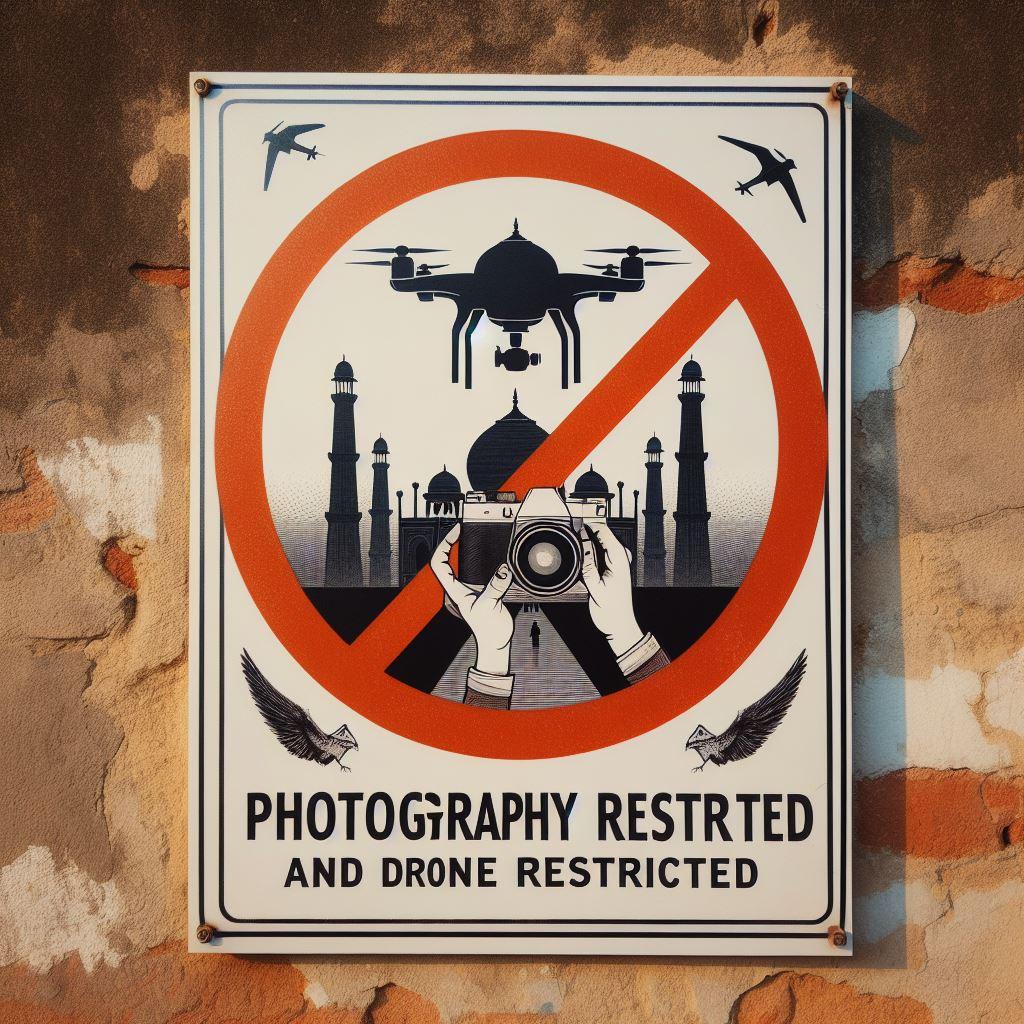Planning a trip to India? Capturing its vibrant streets, ancient monuments, and diverse landscapes through photos and videos can make your memories last a lifetime. This guide provides practical advice on doing it respectfully and legally, helping you avoid common pitfalls while enhancing your experience. We’ll cover key rules, cultural tips, and best practices to ensure your photography adds value to your journey without causing issues.
Legal Basics for Public Photography and Videography
In India, both locals and tourists have the right to take photos and videos in public spaces, as long as there’s no explicit ban. This applies to streets, markets, parks, and everyday scenes. It’s a great way to document the bustling energy of places like Mumbai’s markets or Delhi’s historic sites.
However, while consent isn’t legally required for shots in public, it’s smart to ask permission if you’re focusing closely on someone—especially for portraits or if you plan to use the images commercially (like selling prints or posting on stock sites). This builds goodwill and can lead to more authentic interactions. For instance, many locals are happy to pose if approached politely, often turning a quick snap into a memorable chat.
If someone objects to being photographed, respect their wishes immediately. Delete the image if asked—it’s not worth escalating a situation in a foreign country. This simple step keeps things smooth and shows cultural respect.
Watch Out for the “Photo Scam”
A common hustle, especially in tourist hotspots like Jaipur or Varanasi, involves street vendors, performers, or even sadhus (holy men) who encourage you to take their photo, only to demand payment afterward. It might start with a friendly “One photo, sir?” but end with aggressive haggling. To avoid this, politely decline upfront or agree on a small fee (like 50-100 INR) before clicking. If pressured, walk away calmly and seek help from nearby authorities if needed. Pro tip: Use your zoom lens to capture scenes from a distance to minimize interactions.
Navigating Cultural Nuances
India’s cultural diversity means photography etiquette can vary by region, but a few guidelines apply nationwide.
Locals, especially in rural areas or smaller towns outside big cities like Bangalore or Kolkata, might approach you for photos—often out of curiosity or as a fun novelty. Families with kids are common requesters. If it makes you uncomfortable, a polite “No, thank you” with a smile usually works. On the flip side, this can be a highlight: Many travelers end up with group selfies that capture genuine cross-cultural moments.
At religious sites such as temples. mosques, churches, or monasteries, always check for restrictions. Look for signs saying “No Photography” or ask a guide/priest. In places like the Golden Temple in Amritsar, flash photography might be allowed but not during prayers. Ignoring rules can offend worshippers and lead to your camera being confiscated temporarily. Insight: Hiring a local guide (often for 500-1000 INR per day) can provide insider knowledge on when and where to shoot, plus help with translations.
Additional tip: During festivals like Diwali or Holi, photography is encouraged for the colorful chaos, but always prioritize safety—crowds can get intense, and getting too close might invade personal space or risk damaging your gear.
Restricted Areas and High-Risk Activities
Some spots in India are off-limits for photography due to security concerns, and violations can result in serious trouble, including fines or arrest under laws like the Official Secrets Act.
Avoid shooting near military bases, police stations, airports, seaports, power plants, or water treatment facilities. Even if there’s no clear sign, err on the side of caution—security personnel might question you anyway. For example, near the India-Pakistan border in Rajasthan, even casual snaps can attract attention. If stopped, cooperate fully, explain you’re a tourist, and delete photos if requested.
Drones are a no-go for most travelers:
- Foreign Visitors: You’re completely banned from flying drones in India. Don’t even pack one, as it could be seized at customs.
- Indian Residents: If you’re a local or long-term expat, importing drones (small to medium-sized) requires permission from the Ministry of Communications. Flying them needs a licensed Indian operator or company—solo use isn’t allowed. Regulations are strict to prevent misuse, so check the Directorate General of Civil Aviation (DGCA) website for updates before your trip.
Extra insight: If you’re into aerial views, consider booking a helicopter tour in places like the Himalayas or Kerala backwaters instead. They’re regulated and offer stunning footage without the hassle.
Practicing Responsible Photography
To make your photography enriching for everyone, adopt these habits:
- Stay Aware: Use common sense—assess the situation before shooting. In crowded areas like train stations, watch for pickpockets while handling your camera. At night, stick to well-lit spots to avoid risks.
- Protect Privacy: Never photograph people in vulnerable moments, like bathing in rivers (common in sacred sites like the Ganges) or in private distress. Sneaky shots without awareness can lead to confrontations; transparency is key.
- Embrace Cultural Sensitivity: Dress modestly (cover shoulders and knees) when visiting sites—this applies to you as the photographer too, as it shows respect. Avoid interrupting religious ceremonies; observe quietly first. For women travelers, photographing in conservative areas might draw extra attention, so team up with a companion for comfort.
Bonus points to add: Back up your photos daily using cloud services or portable drives—India’s heat and dust can fry electronics. Invest in a good camera bag with weather protection. For wildlife photography in national parks like Ranthambore (tigers!) or Kaziranga (rhinos), join guided safaris where pros handle permissions.
By following these tips, your photography in India won’t just be about great shots—it’ll deepen your connection to the country’s people and places. Safe travels and happy clicking! If you’re planning a trip, check our site for photography-focused tours in Rajasthan or Kerala.
Categories :


